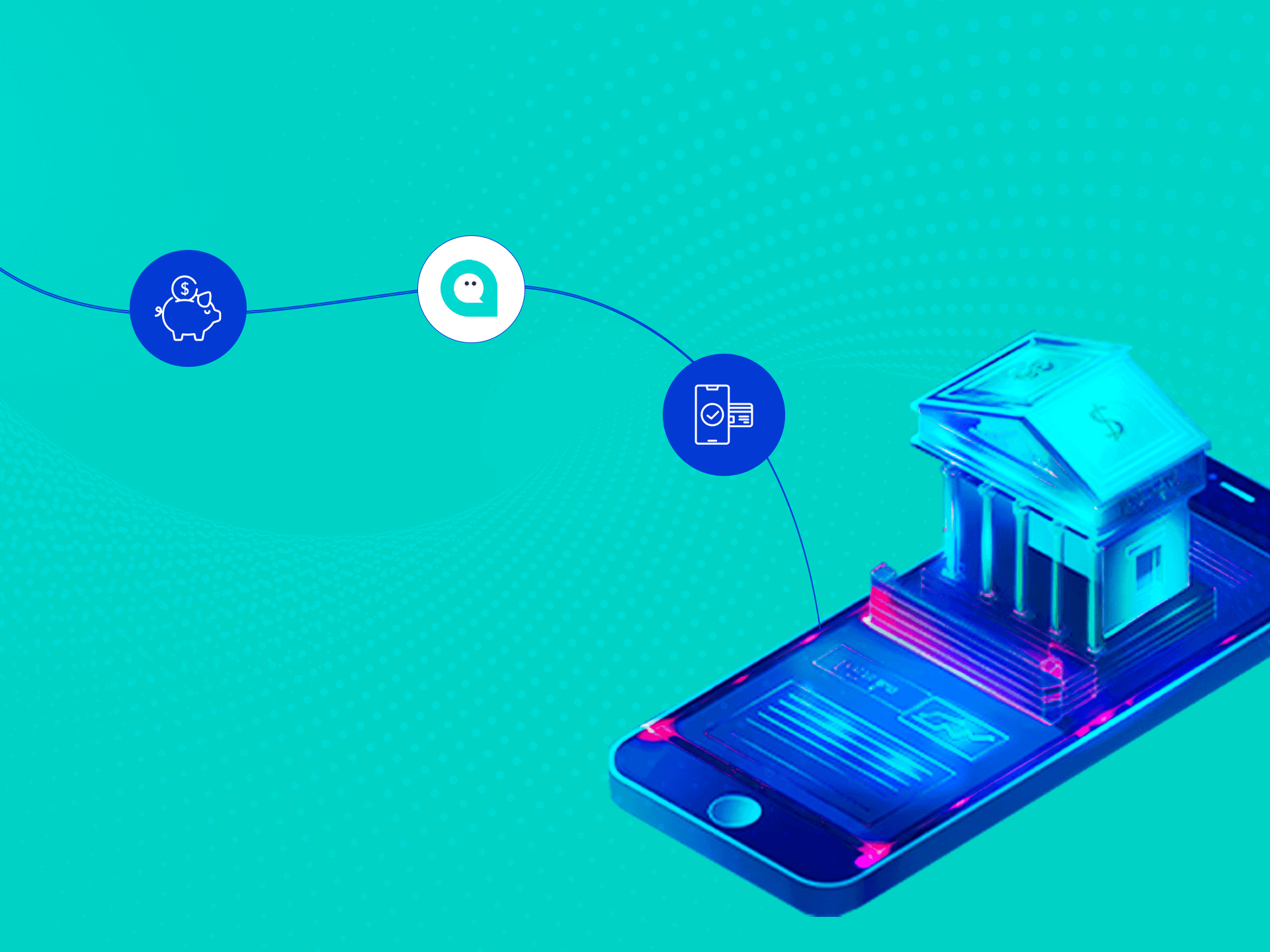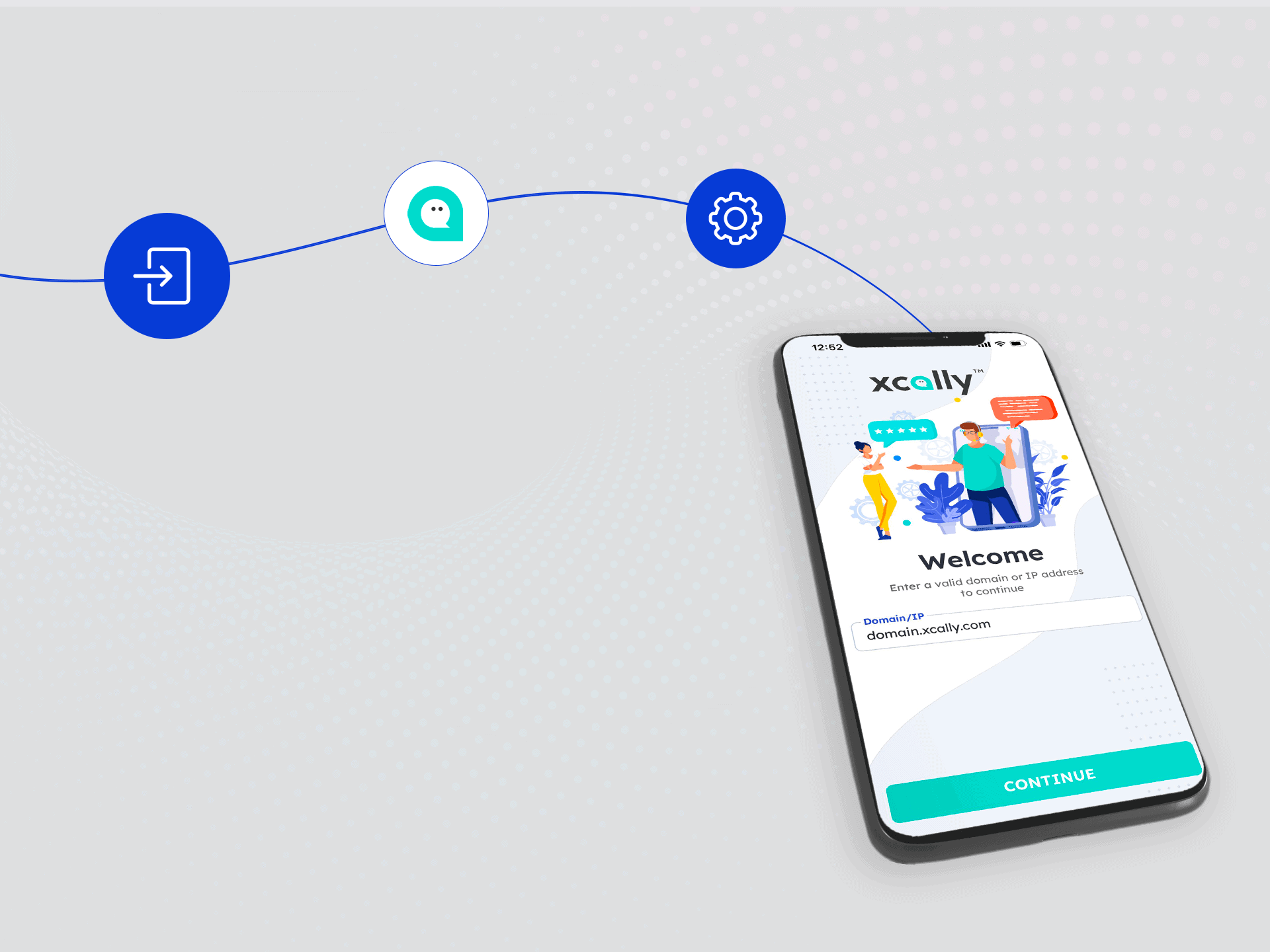Omnichannel customer engagementhas become a key element for modern companies that want to provide a memorable experience for their customers. This strategy enables interaction with users through different communication channels, providing continuity and personalized engagement.
What is omnichannel customer engagement
Omnichannel customer engagement is an approach that allows companies to interact with their customers in a coordinated way across multiple channels simultaneously. The goal is to provide a smooth, personalized, and consistent experience for the individual user regardless of the channel they choose to use at any given time: website, app, social media, email, chat, phone. This means that users can start a conversation on one channel and continue on another without interruption, maintaining a personalized and successful interaction.
Effectively controlling omnichannel customer engagement requires flexibility and precision in business process management. It is critical to be able to track the customer across touchpoints and provide congruent and up-to-date information, creating a communication strategy that gives an unambiguous view of the user's identity and preferences.
What does an omnichannel customer engagement strategy consist of?
An omnichannel customer engagement strategy is to take an integrated approach to communicating and interacting with customers through the various channels available to them in a coordinated and seamless manner.
The key elements of an omnichannel strategy are:
- Get to know customers in depth by collecting and unifying their data from all touchpoints.
- Mapping the customer journey to understand how customers move between channels and optimize the customer experience.
- Communicate cohesively on each channel, maintaining consistent messages and tone of voice.
- Offer personalized and contextual assistance that takes into account what has already been requested on other channels.
- Making the transition from one channel to another "seamless" in the experience.
- Leverage all channels in a coordinated way, from website to mobile to chat to social.
- Measure performance through omnichannel metrics and continuously optimize.
The goal is to ensure that the customer has the best possible customer experience, whatever the point of contact, increasing the level of engagement, loyalty and thus business results.
To achieve this requires integrated and automated management of cross-channel interactions.
The benefits of an omnichannel strategy that engages the user
Here are the main benefits of adopting an omnichannel customer engagement strategy:
- Enhances the customer experience through smooth, integrated and personalized interactions across every touchpoint.
- It increases customer satisfaction and loyalty by strengthening the trust relationship.
- It allows you to offer immediate assistance and resolve quickly any inquiries/complaints.
- Promotes upselling and cross-selling opportunities by taking advantage of all contact moments.
- Reduces costs through automation and omnichannel process optimization.
- Increase conversions and performance of marketing campaigns through integrated communication.
- Provides omnichannel data to know customers in depth and segment them in a personalized way.
- It improves the brand reputation perceived by customers who feel understood and supported.
- Increases turnover and margins in the long run due to increased loyalty and rising average customer value.
In summary, an omnichannel strategy improves both the customer experience and the companies' business results by making interactions more effective.
- Up-selling: a sales technique that aims to increase the value of the customer's current shopping cart/order by offering them complementary products or services of higher range and greater value than those originally selected.
- Cross-selling: a technique aimed at increasing the value of the individual transaction by having the customer also purchase products that are related and complementary to the main one, but not necessarily in higher price ranges. It is based on bargaining products between different but synergistic categories.
What are the critical issues to be addressed in this area?
Implementing an omnichannel customer engagement strategy requires a series of steps that are not always immediate or easy to implement.
IT systems integration
Requires integration of the CRM, e-commerce, contact center and other platforms to enable 360-degree customer view and cross-channel communication.
Data Unification
There is a need to collect and normalize data from all touchpoints to create a single customer profile.
Customer journey mapping
It is not easy to track the customer journey across different channels to optimize it.
Preference management
Customers may have favorite channels/devices that change over time, to be kept up-to-date.
Personalization of communications
There is a need to tailor messages consistently across each channel based on customer characteristics.
Staff training
Employees must be trained to handle interactions flexibly and empathetically across multiple channels.
Measurement metrics
Need to identify omnichannel KPIs to evaluate the effectiveness of campaigns across multiple touchpoints.
Implementation costs
Requires initial investment in digital transformation and acquisition of suitable solutions.
Therefore, coordinated planning and efforts are needed to overcome these critical issues and fully exploit the benefits of omnichannel.

How to create an omnichannel customer engagement strategy by leveraging XCALLY
Here's how you can create an omnichannel customer engagement strategy by leveraging the capabilities of the XCALLY platform:
- Map the customer journey across channels to identify salient moments in which to engage the customer.
- Use XCALLY to create a single customer profile with data collected from all interactions.
- Set up integrated communication campaigns on email, SMS, push notifications, WhatsApp to promote offers and information in a coordinated way.
- Manage cross-channel conversations (e.g., chat that turns into a phone call) to ensure continuity of care.
- Personalize content based on each customer's preferences and behavior through advanced segmentation.
- Measuring with XCALLY the performance of each omnichannel campaign to understand which touchpoints are most effective.
- Enable self-service through site, app and conversational bots integrated with virtual and live agents.
- Leverage XCALLY's analytical data to continuously test new strategies and improve ROI.
- Automating workflows and decision-making processes through artificial intelligence for fast and large-scale interactions.
In this way, interactions can be successfully managed from a truly integrated, omnichannel perspective.
The benefits of XCALLY for omnichannel customer engagement
XCALLY stands out as a powerful solution for omnichannel customer engagement, offering a number of benefits that improve the efficiency and effectiveness of customer interactions.
- Centralized channel management: XCALLY enables companies to manage all communication channels in a single platform, simplifying workflow management and improving agent productivity. Messages from different channels are routed to XCALLY's ticketing system, enabling centralized monitoring and processing.
- Process automation: XCALLY offers powerful automation features that enable the creation of customized workflows to manage customer interactions. This makes it possible to respond quickly to customer inquiries, automate customer care processes and reduce human errors.
- Integration with different channels: XCALLY integrates with a wide range of communication channels, including phone, email, chat, social media and more. This enables companies to offer a complete omnichannel experience, allowing customers to choose their preferred communication channel without compromising service quality.
- Advanced analytics: XCALLY provides advanced analytical tools that enable companies to monitor agent performance, measure customer satisfaction, and identify areas for improvement. This valuable information helps optimize customer engagement strategies and provide better and better service.
Conclusion
Omnichannel customer engagement has become a key pillar for companies wishing to provide a successful experience for their customers. XCALLY stands as a robust solution for implementing this strategy, offering centralized channel management, process automation, versatile integrations and advanced analytics.
By leveraging XCALLY, companies can create successful interactions, improve their customer experience, and gain a competitive advantage in today's increasingly customer-driven marketplace.




